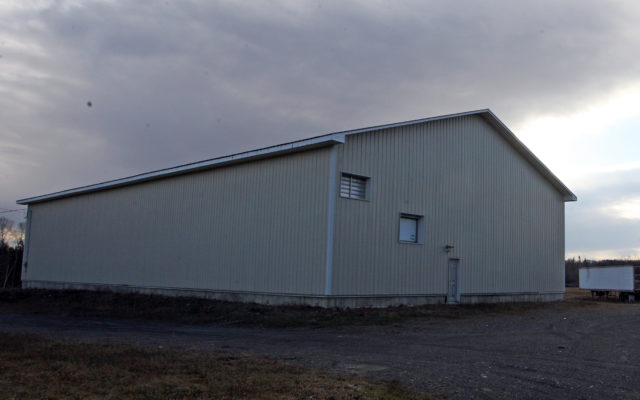HOULTON, Maine — Four local school districts and the regional technical school are one step closer to establishing a joint regional transportation center.
RSU 29 Superintendent Ellen Halladay confirmed Thursday, Dec. 7, that her school district, along with SAD 70 (Hodgdon), RSU 50 (Southern Aroostook), SAD 14 (East Grand) and the Region Two Career and Technical Education program have entered into an interlocal agreement to create the transportation facility.
That agreement details how much each entity will pay for its share of maintaining such a building.
A purchase and sale agreement also is in place for the acquisition of a four-acre parcel of land that includes a potato storage facility in Hodgdon, located on U.S. Route 2A. That sale is expected to be finalized in early-January.
“We realized trying to build something from the ground up would be far too costly, so we started looking and it took a long time to find something that would work,” Halladay said.
The project calls for the creation of a consolidated bus garage to be shared with RSU 29, SAD 70, RSU 50, SAD 14 (East Grand) and the Region Two Career and Technical Education program. This facility would allow the five groups to employ a shared mechanic, who would be dedicated to repairs and maintenance on all school buses and other district vehicles, such as pick-up trucks and minivans.
Funding for the project’s startup costs was provided by a grant from the Maine Department of Education. Back in April, the DOE challenged local school districts to find new efficiencies in the day-to-day operations, with a focus on consolidated efforts, through the announcement of an “efficiency” grant program. Funding for the grants was created by Gov. Paul LePage via an executive order in January.
- This potato storage facility may soon become the site of a new regional transportation center for five local schools. RSU 29 (Houlton), SAD 70 (Hodgdon), RSU 50 (Southern Aroostook), SAD 18 (East Grand), and the Region Two Career and Technical Education program have joined forces to build the center, which will employ a mechanic to perform maintenance of all vehicles in those districts. (Joseph Cyr)
“One of the criteria is that it needed to be a joint, regional project,” Halladay said. “We applied for the startup money for a regional transportation facility.
The districts received $415,000 in grant funding and began searching for a suitable location. Once that location was selected, an engineering study of the property was conducted, to see what needed to be done to bring it up to code, Halladay said. An environmental study also was conducted to see if there were any issues with the property.
All of the costs for the property, building renovations, the studies, as well as legal fees and startup equipment, were included in the grant, so no local tax dollars have been used to start up the project, she noted.
Once operational, the districts will advertise for a full-time mechanic, and potentially one or two additional part-time workers. Some of the repair work may also be done by automotive students from Region Two. The cost for those individuals will be split among the five schools and figured into their respective budgets.
Halladay estimated the facility will save the schools as much as $802,000 over a five-year period. That number was originally estimated higher at $930,000 but has since been adjusted because the Katahdin schools will no longer be a part of RSU 50.
“The cost savings comes from parts and labor and we expect a fairly significant savings,” Halladay said. “In the future, we may decide we want to have one fleet (of buses) and do one regional transportation director.”








